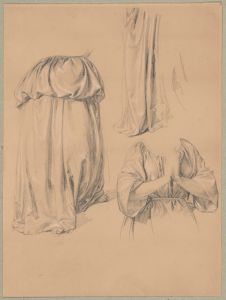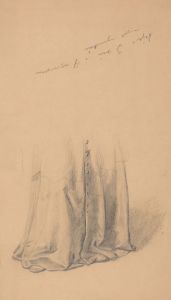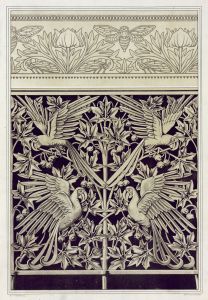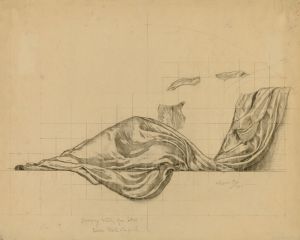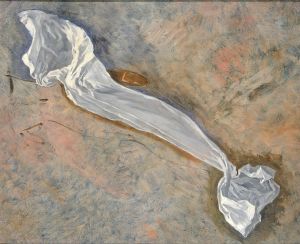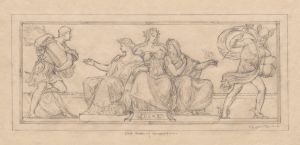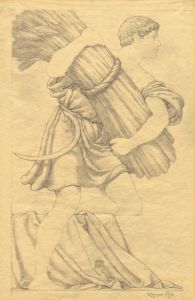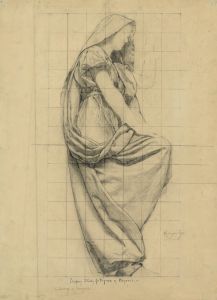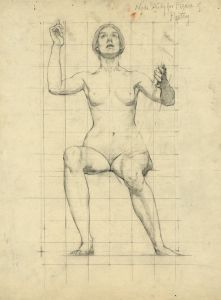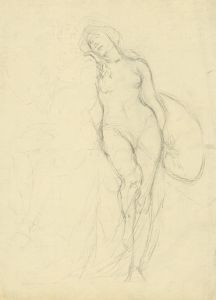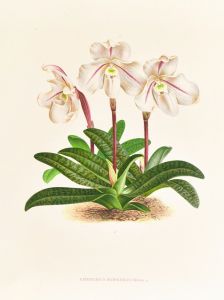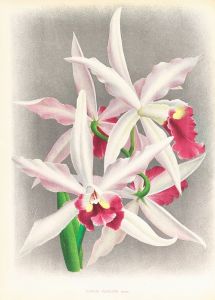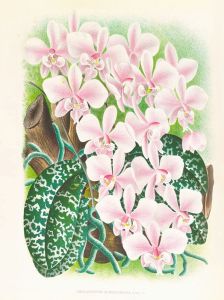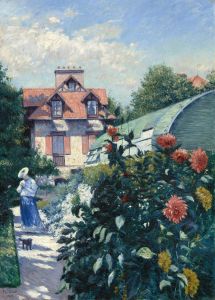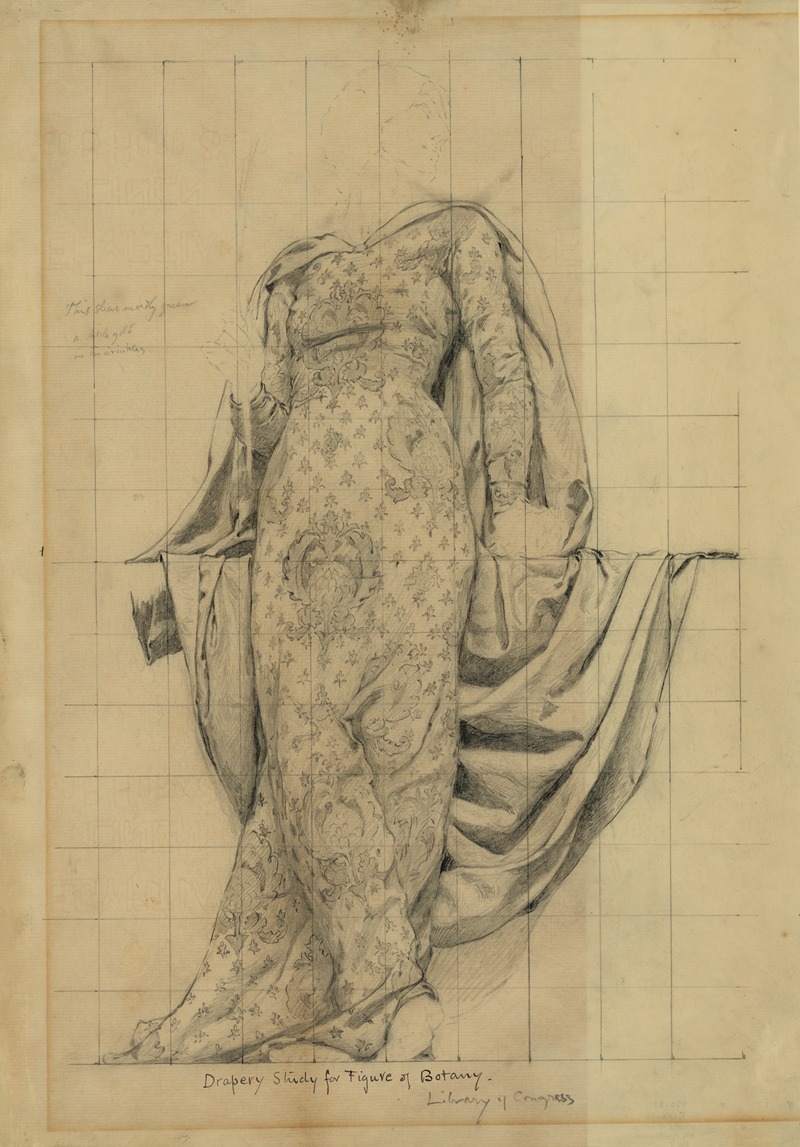
Drapery study for figure of Botany
A hand-painted replica of Kenyon Cox’s masterpiece Drapery study for figure of Botany, meticulously crafted by professional artists to capture the true essence of the original. Each piece is created with museum-quality canvas and rare mineral pigments, carefully painted by experienced artists with delicate brushstrokes and rich, layered colors to perfectly recreate the texture of the original artwork. Unlike machine-printed reproductions, this hand-painted version brings the painting to life, infused with the artist’s emotions and skill in every stroke. Whether for personal collection or home decoration, it instantly elevates the artistic atmosphere of any space.
Kenyon Cox (1856–1919) was an American painter, illustrator, muralist, and writer, known for his academic style and contribution to the American Renaissance movement. One of his notable works is the "Drapery Study for Figure of Botany," which exemplifies his skill in classical techniques and his dedication to the academic tradition of art.
Cox was born in Warren, Ohio, and showed an early interest in art. He studied at the Pennsylvania Academy of the Fine Arts and later at the École des Beaux-Arts in Paris, where he was influenced by the teachings of Jean-Léon Gérôme, a prominent academic painter. Cox's education in Paris exposed him to the classical traditions of European art, which he carried into his work upon returning to the United States.
The "Drapery Study for Figure of Botany" is a preparatory work that showcases Cox's meticulous approach to composition and form. Drapery studies are an essential part of academic art training, as they help artists understand how fabric interacts with the human form and light. This particular study was likely created as part of Cox's process in developing a larger, more complex work, possibly a mural or a painting that included allegorical figures.
Cox's drapery studies are characterized by their attention to detail and the careful rendering of light and shadow. In the "Drapery Study for Figure of Botany," Cox would have focused on how the folds of fabric fall over the figure, creating a sense of volume and movement. Such studies were crucial for artists who aimed to achieve a high level of realism and were often used to refine their understanding of anatomy and the interplay between clothing and the body.
Throughout his career, Cox was involved in numerous public art projects, including murals for government buildings and educational institutions. His work often featured allegorical and mythological themes, reflecting his belief in the moral and educational power of art. The "Figure of Botany" would fit within this context, as botany is often personified in art as a female figure surrounded by plants and flowers, symbolizing growth and knowledge.
Cox was also a prolific writer and art critic, contributing essays and reviews to various publications. He was an advocate for the academic style and often defended it against the rising tide of modernism in the early 20th century. His writings provide valuable insights into his artistic philosophy and the cultural context of his time.
The "Drapery Study for Figure of Botany" is a testament to Kenyon Cox's dedication to the principles of academic art. It reflects his commitment to classical techniques and his belief in the enduring value of traditional artistic skills. While the study itself may not be as widely recognized as some of his larger works, it remains an important piece for understanding Cox's artistic process and his contribution to American art.





